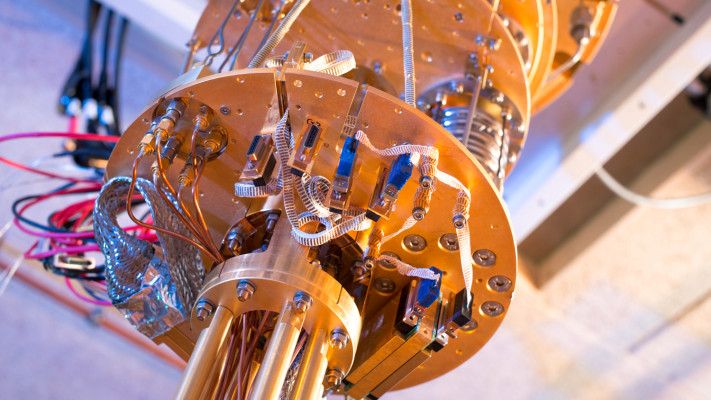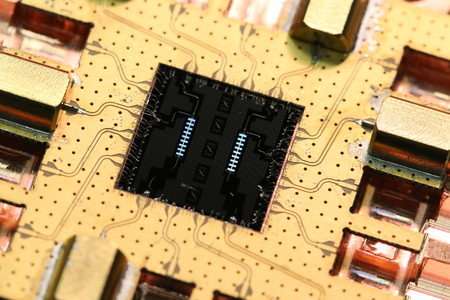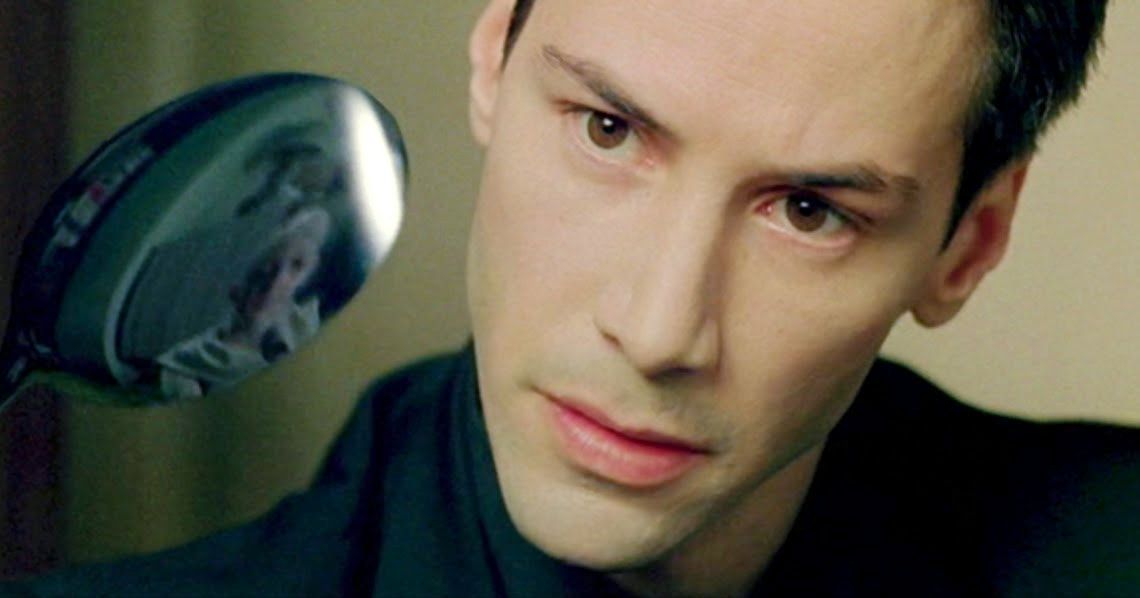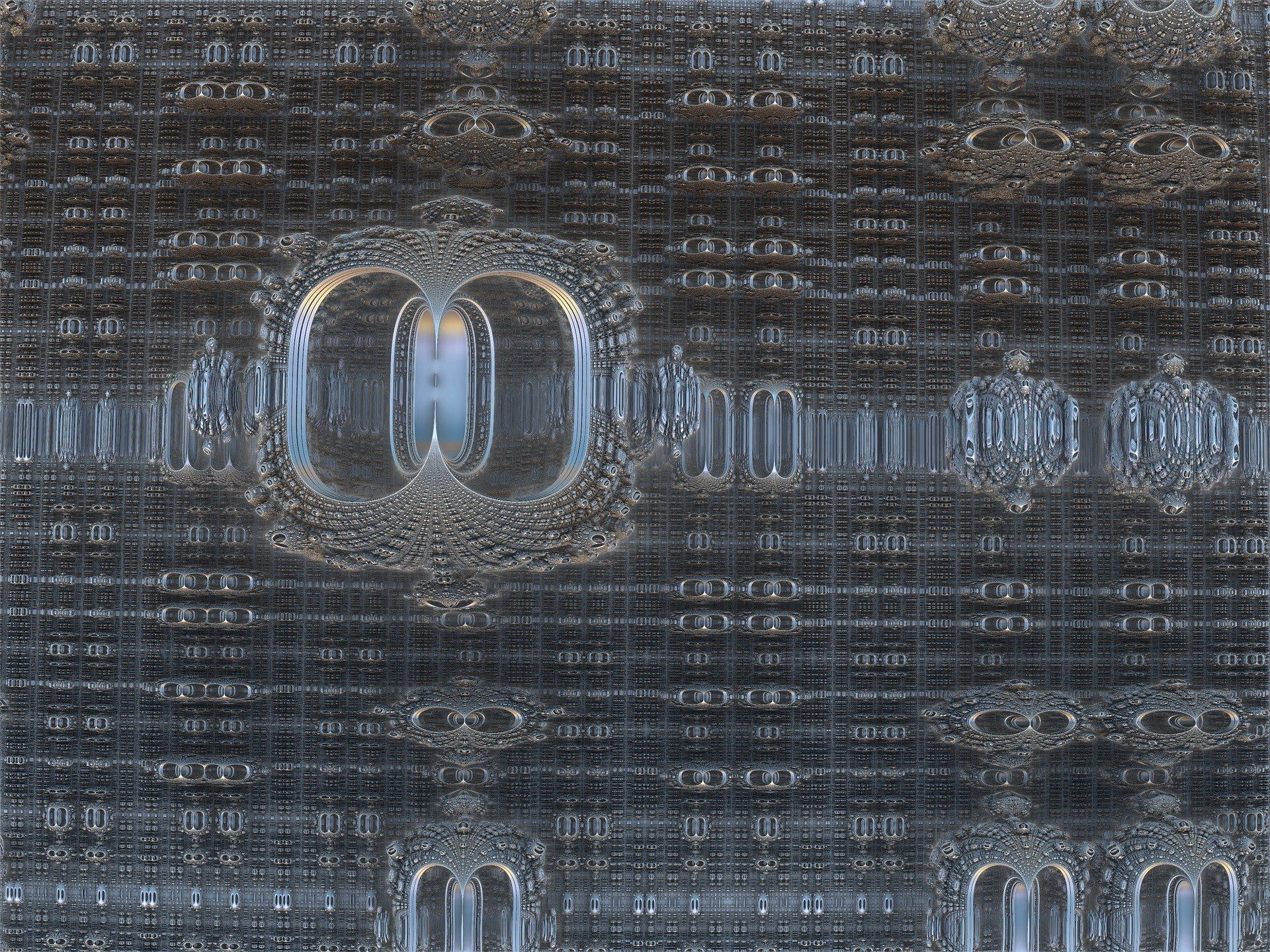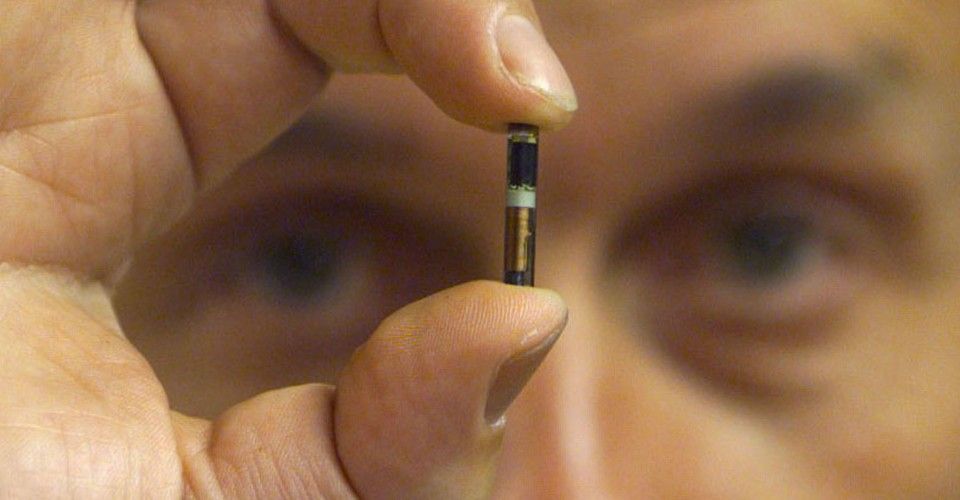https://youtu.be/FxmAeh7mIRk
DONATE TO CAMPAIGN ► https://goo.gl/kfGdnh
Original Video ► https://goo.gl/YrjnLa
Website ► https://www.lifespan.io/
“Conquering the negative effects of aging is one of the oldest dreams of humanity, and now through the steady progress of science, we are poised to fulfill that dream.
Whether this occurs in 20 years or 200 is largely a question of funding. The best way to accelerate this process is by mobilizing those who desire the option of a longer and healthier life into a cohesive social force — crowdfunding relevant research and advocating for its benefits to society.
On lifespan.io researchers post projects related to longevity or age related disease, and receive funds from contributors to fulfill their goals. Contributors, in turn, are able to exercise agency in the development of potentially life changing research, as well as receiving rewards specified by the project creators.” “Keith Comito is a computer programmer and mathematician whose work brings together a variety of disciplines to provoke thought and promote social change. He has created video games, bioinformatics programs, musical applications, and biotechnology projects featured in Forbes and NPR. In addition to developing high-profile mobile applications, he explores the intersection of technology and biology at the Brooklyn community lab Genspace, where he helped to create games which allow players to direct the motion of microscopic organisms. He earned a B.S. in Mathematics, B.S. in Computer science, and M.S. in Applied Mathematics at Hofstra University, where his work included analysis of the LMNA protein.”
——–

